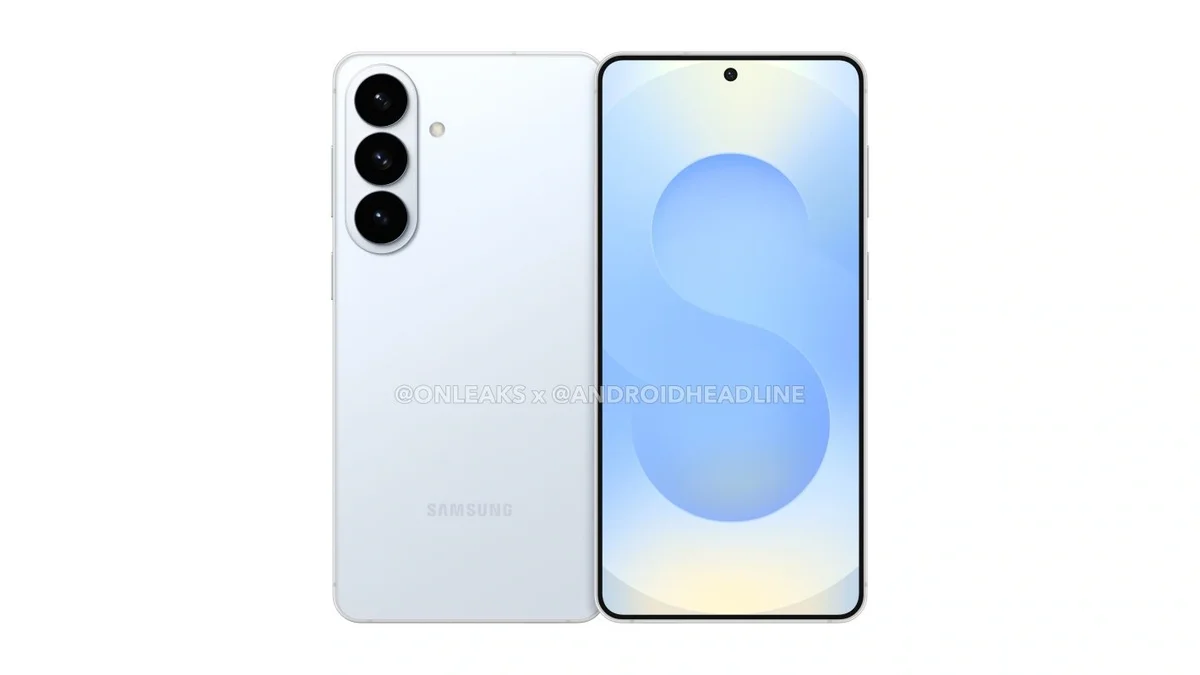Major shake-up in Samsung’s roadmap! After months of assuming there would be no mid-range model, the Galaxy S26 Plus would be back in the lineup, and it would do so without a hypothetical Galaxy S26 Edge taking its place. Also, the base model would not adopt the “Pro” surname: it would arrive, plain and simple, as the Galaxy S26. What does this mean for those planning to upgrade their phone without going for the Ultra but wanting something more than the entry-level model? We’ll tell you in detail and with the enthusiasm such a launch deserves when it aims to refine key points without resorting to gimmicks.
More power on two fronts: Snapdragon and Exynos split the map again
Samsung would resume its strategy of splitting the heart of the S26 by market, a classic move at the company that, if confirmed, would translate into two silicon flavors for the Galaxy S26 and S26 Plus: on one hand, the new Qualcomm Snapdragon 8 Elite Gen 5 in certain regions; on the other, the Exynos 2600 in the rest. The Korean brand is aware of the historical conversation around its Exynos chips, although this generation arrives with a strong technical argument: a 2 nm manufacturing process that, on paper, should bring greater energy efficiency and better peak performance.
Talking about chips in 2026 is also talking about AI; in fact, much of the final experience will depend on how the hardware supports inference workloads day-to-day. This is where Samsung’s optimization will play a central role to squeeze the most out of both SoCs and offer a uniform experience regardless of hemisphere. Like when you compare two PC configurations with different GPUs but the same perfectly optimized game, the goal is for the user to notice smoothness, battery life and stability equally, without having to think about the processor’s label.
Camera island, refreshed telephoto and faster wireless charging
In design, the S26 and S26 Plus would not break with what we’ve seen from the front, although there would be clear changes on the back: the lenses would no longer sit “bare” and would be framed by a camera island. This detail may divide aesthetic opinions, but it has a practical advantage far from negligible for real-world use: it helps mitigate the buildup of lint and dust around the lenses, a classic problem suffered by previous generations.

Photography receives another interesting boost with a new sensor for the telephoto: 12 MP in a 1/2.55-inch size that replaces the previous series’ 10 MP of 1/3.52 inches. Maintaining the 3x optical zoom, the expected result is improved detail and reduced noise, since a physically larger sensor captures more light in each shot. We’re not talking magical numbers, but physics applied to mobile photography: more surface, more information.
Battery capacity is not expected to increase for these two models, but there will be relief for everyday use with a jump in wireless charging: from 15 W to 20 W, an improvement that, combined with a good compatible charger, should shave minutes off every time you place the phone on the pad. And here comes the move many geeks will celebrate: real Qi2 support, with built-in magnets for magnetic accessories in the style of MagSafe. This opens the door to an entire ecosystem of power banks that attach effortlessly, wallet cases, car mounts and, why not, pop-style grips with magnetic attachment; in the previous generation, the certification was left at “Qi2 Ready,” meaning no magnets in the phone itself and relying on specific cases to achieve the same effect.
More proactive AI and One UI 8.5: software takes center stage
The other major leg of this refresh is software. The Galaxy S26 family would arrive with an update to the artificial intelligence experience that, as previewed, will put the user at the center with more proactive behavior. We are talking about an assistant that not only responds but suggests context-aware actions, something we already see spreading across the industry and which here could translate into timely recommendations without having to open ten menus. Who wouldn’t want their phone to take one step ahead when it’s most needed?
On top of this layer would sit One UI 8.5, which would provide a fully customizable quick settings bar so that every gesture counts, a visual polish across the system with refined elements for greater coherence, new power-saving modes to squeeze the battery when the day stretches, and, as a cherry on top, a revamped voicemail feature. These are changes that don’t make headlines on their own but which, added together, make a difference in the feeling of a complete product, like when you move from a hard drive to an SSD and everything “just works better.”
Altogether, the return of the S26 Plus and the focus on tangible improvements build a very attractive proposal for those who want a balanced flagship: more order and coherence in design, a camera with a better foundation for 3x zoom, faster wireless charging and a magnetic Qi2 ecosystem that multiplies options without relying on odd accessories. If we add that the AI aims to be more useful and less intrusive, the formula smells like a winner. Now the big unknown is the usual one: will you prefer the muscle of the Snapdragon 8 Elite Gen 5 or will you trust the 2 nm Exynos 2600? Whatever your answer, it looks like there will be choices this year.

